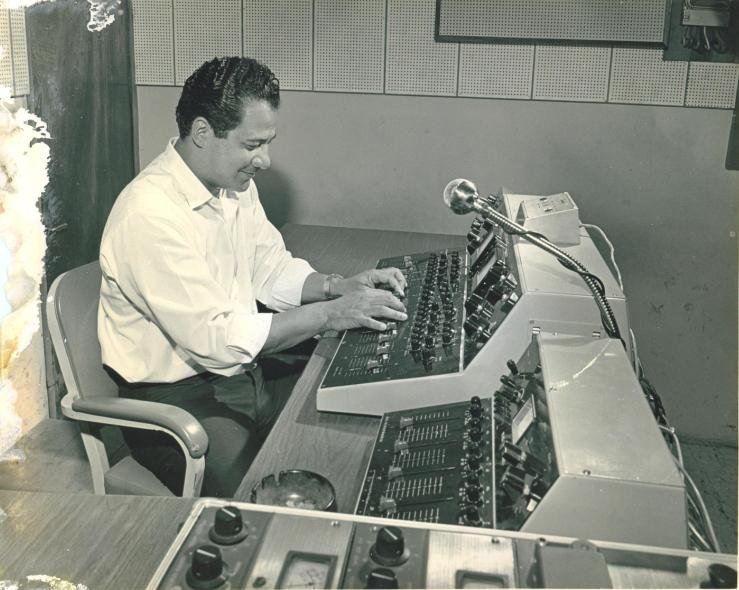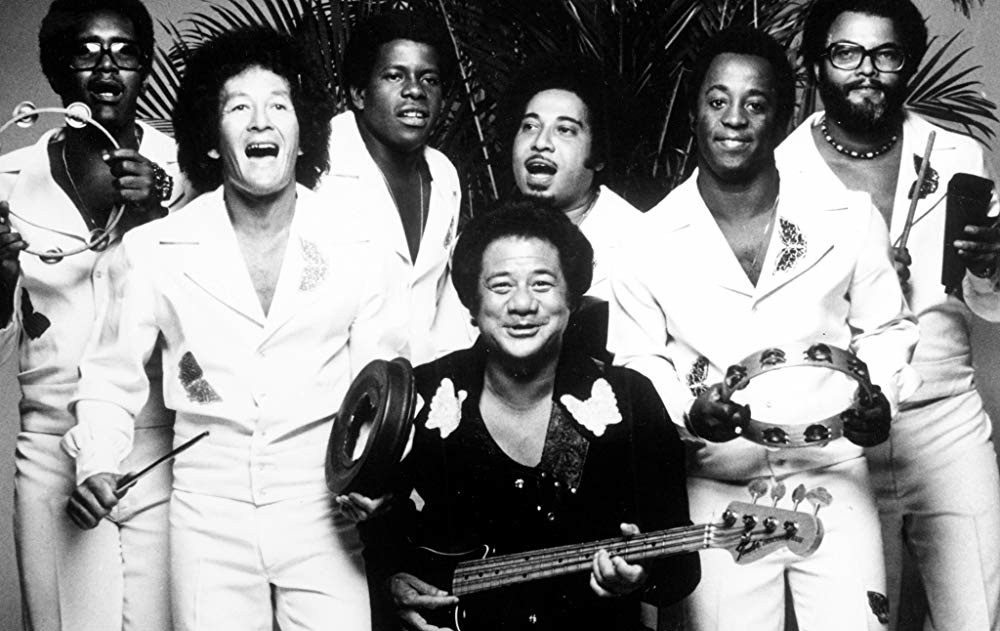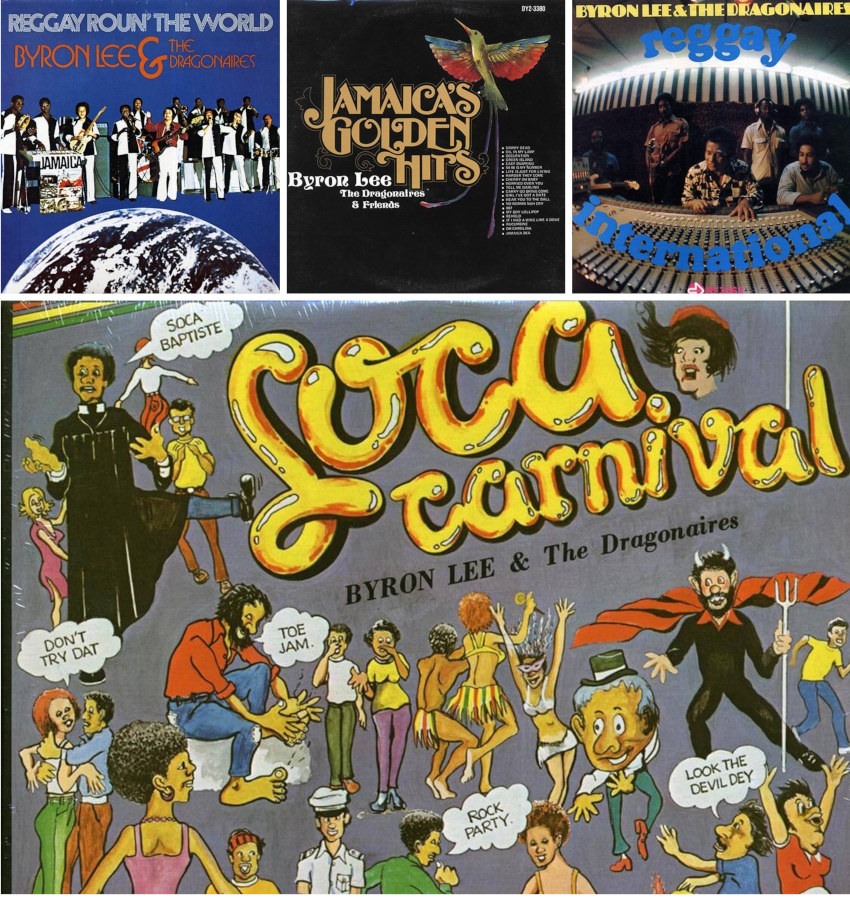Byron Lee, leader of one of Jamaica’s top bands – the Dragonaires – played an instrumental role in popularizing Jamaican music around the world in the years before reggae and ska were known outside of the Caribbean.
He was born Byron Aloysius St Elmo Lee in Christiana, Jamaica, in 1935. His father was an immigrant from China.
Byron Lee discovered music when he moved to Kingston at eight years of age. It is said that a nun at Mount St Joseph’s boarding school taught him to play the piano to keep him away from the girls.
Years later, he created an improvised band to perform at a school dance at St George’s College, where he studied and was a football star. He formed it with fellow students Carl Brady, Ronnie Nasralla, Alty East and Ronald Peralto.
The Dragonaires were founded one year later, in 1956, with the 20-year old Lee as bassist and bandleader. The college football team that he and his bandmates played for, the Dragon, inspired the band’s name.
They performed mainly in elite venues and theatres frequented by overseas visitors and immediately began making a name for themselves. The ingredients of their success were: Lee’s distinctive bass playing, the impeccable trumpet and sax section of the band, and the focus on calypso (up to then made famous worldwide only by solo singer Harry Belafonte).

Byron Lee and the Dragonaires were signed by Edward Seaga’s WIRL (West Indies Recording Limited) label and released their first single, Dumplings, in 1959. Edward Seaga was a Harvard-educated anthropologist and businessman who later served as prime minister in the 1980s.
Seaga told Lee about ska, the hybrid of R&B and calypso that sprang up in the west Kingston ghettos in the early 1960s as the Jamaican independence movement gathered steam. Byron Lee later committed himself to widen ska’s popularity by backing the leading ska vocalists of the day, including Jimmy Cliff, Millie Small and Toots and the Maytals.
What further exposed Byron Lee and the Dragoinaires to the international public was their appearance in the debut James Bond movie, Dr. No (1962). The band appears playing the song “Jump Up” in the scene at Pussfeller’s club.
The Dragonaires toured around the Caribbean and North America in the following years. They sometimes worked under the name “The Ska Kings”, and their lineup changed frequently. In 1964, the band played at the New York World’s Fair, in their own set and backing Prince Buster and Peter Tosh. They were all a sensation at the fair and helped boost Jamaica’s tourism to even higher levels.
In addition to being the band leader, Byron Lee was also a businessman. He opened a concert booking and promotion agency, Lee Enterprises Limited, and his own label, Dragon’s Breath. Lee brought American acts like Chuck Berry and Sam Cooke into Jamaica, booking them into the Carib and Regal Theaters. By having local Jamaican artists opening for them, he helped build the careers of dozens of the island’s most talented vocalists.
In 1968 Byron Lee bought WIRL from Edward Seaga and renamed it Dynamic Sounds. Under his direction, it became the best-equipped recording facility in the Caribbean, used by, among others, Bob Marley, Paul Simon and the Rolling Stones.
Lee kept a full performing and recording schedule, regularly cutting singles and albums in the 1960s and 1970s. His music evolved from calypso to ska to reggae and, by the late ’70s, to the soca style (the electric successor to calypso). Their band’s music delighted crowds at the annual Carnival celebration, and Byron Lee cut annual collections of covers of the year’s most famous Carnival hits.
In 1982, he was awarded the Order of Distinction by the Jamaican government for his services to music. Despite being diagnosed with cancer, Byron Lee continued to tour for a long time. He was awarded the Order of Jamaica at a ceremony at his hospital bed in October 2008 and died one month later at the age of 73.
Sources:
David Katz on The Guardian
Artist Biography by Bruce Eder on allmusic.com


